2018's GOTY List
By MikeLemmer 1 Comments
Another year has gone & come, and my continued lack of a current-gen console has driven me to explore the deeper nooks in the PC Library. Luckily, there's more great, cheap games than ever to tide anyone over. So which games kept me the most occupied this year?
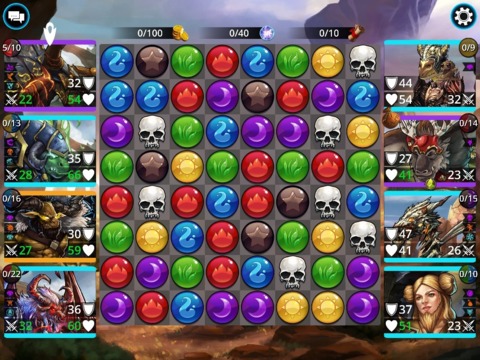
10. Gems of War
My podcast game of the year. The devs behind Puzzle Quest built a F2P game expanding upon the original ideas of Puzzle Quest. Instead of a single hero with multiple abilities, you send a party of 4 into the fray. A combination of the fighters in front getting colored mana first and losing a character's ability if they fall in battle makes the party-building more interesting and easier to grasp than the typical gacha game, while the basics of getting mana & attacking via matching gems is still a great twist on Match-3 gameplay even after all these years. My biggest complaint about it is the prices and time investment for guild activities are too much unless this is the only game you play, but there's still more than enough meat on the basic gameplay to keep me falling back on this whenever I can't play a more demanding game.
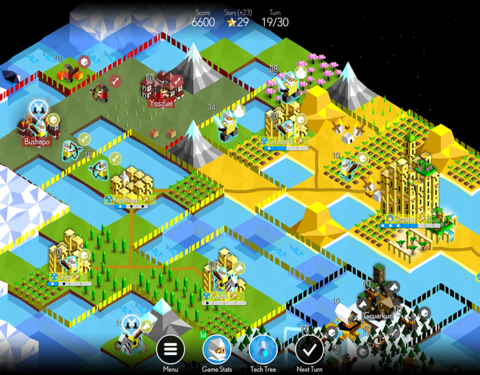
9. Polytopia
The perfect mobile port of Civilization. Distills the key components of Civ into a game you can finish in about 40 minutes and combines it with a cute, clean interface that tell you everything you need to know without cluttering up the small mobile screen.
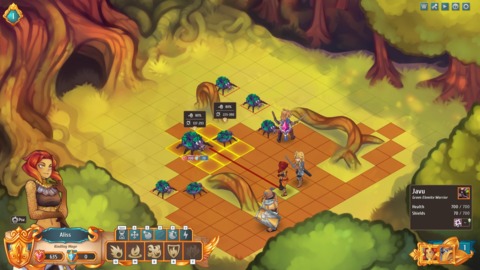
8. Regalia: Of Men and Monarchs
Eastern European studios seem to enjoy bringing back hibernating genres. Regalia is a bright, cartoony grid-based strategy game about a group of siblings trying to revitalize their inherited kingdom (and pay off a centuries-old debt) through adventuring. Both the grid-based combats and the townbuilding are solid, and the characters you interact with are pleasant, albeit a tad goofy. It's a pity barely anyone else has seemed to notice it, it deserves more coverage than that.
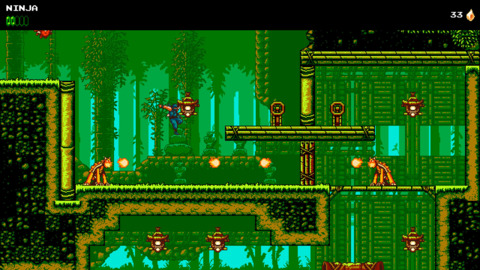
7. The Messenger
A loving homage to Ninja Gaiden that has better controls, writing, and graphics, but still makes you want to throw your controller through a wall just as much. The way it unfolds into something much larger in the second half of the game is just icing on the cake.
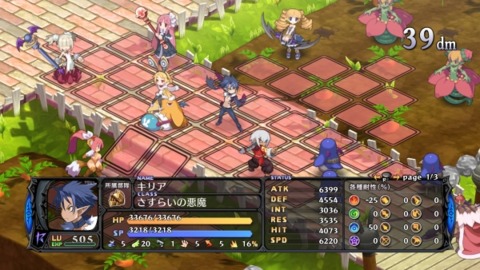
6. Disgaea 5 Complete
I loved Disgaea 1 & 2 back when they came out. Between the mobility of the Switch and the quality-of-life improvements in Disgaea 5, I decided to get back into the series. I proceeded to lose about 150 hours to grinding my way through various levels and items, at first to see how the story unfolded, and then to tackle the absurdly hard end-game content.
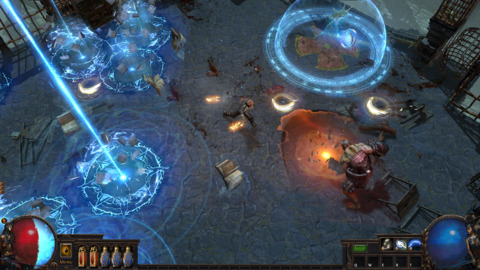
5. Path of Exile
While Blizzard's putting Diablo 3 out to pasture, Path of Exile has just picked up steam since its launch. Between the Fall of Oriath update ripping out the traditional "repeat the campaign at 3 difficulty levels" arc in favor of a new plotling that has you revisiting the aftermath of your adventures, and the recent Betrayal update replacing the previous hideout/crafting/daily quest systems with new activities they've been testing in the quarterly leagues over the past year, Path of Exile has become the best Diablo game out there. It also gets loot in a way Diablo never did; it's not just about rolling well on the RNG (or finding someone that did), it's about taking a good item and carefully tweaking and modifying it to be great.
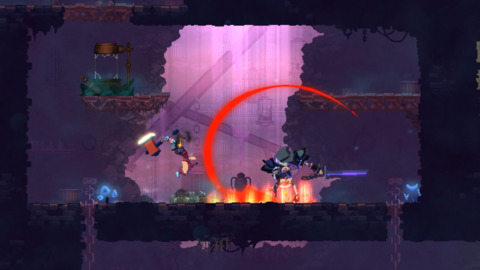
4. Dead Cells
The best-controlling action platformer I've ever played. The controls are smooth as butter, letting you move exactly how you want and then some. Yet it's also challenging enough you need to master the combat to survive, while its timed bonuses encourage you to get good at rushing through the zones you already know by heart rather than explore every nook & cranny out of obligation. It controls well, it's smartly designed, and its graphics and music are distinct and high-quality. The perfect game to try "just one more run" of well into the night.
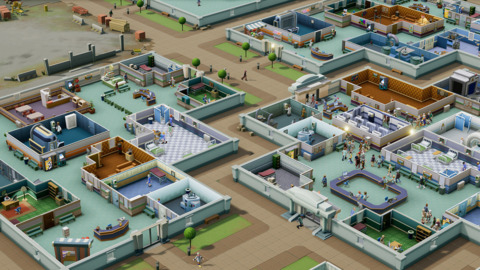
3. Two Point Hospital
With as much as Danny O'Dwyer gushes about Theme Hospital, I wanted to try it myself. However, it hasn't aged well. Two Point Hospital captures the same style and absurdity Theme Hospital did, while combining one of the best interfaces I've seen in simulation games with increasingly challenging gameplay that demands the utmost efficiency to prevent patients from dying while waiting in line. It's one of the best simulations I've ever played, and certainly the one I've invested the most time into trying to save as many Two Point citizens as possible.
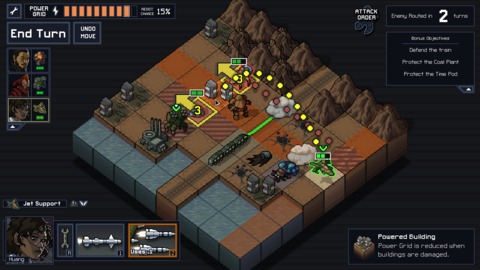
2. Into the Breach
I suspect, years from now, Into the Breach will be seen as a revelation in the strategy genre. Many people have talked about how it eschews nearly all randomness in favor of showing you exactly what'll happen next, so your success relies entirely on your strategy rather than the dice rolls, but its emphasis on defense and crowd control rather than killing everything also subtly encourages nail-biting close calls against an endless horde of giant bugs. The small maps encourage tension and claustrophobia while still giving you enough room to maneuver, and the way the UI shows you everything you need to know is a minor miracle in itself. The end result is a game about desperate plans, staring at the screen for a half-hour trying to figure out how to save everyone, and occasionally deciding you can't and making a tough choice about who to sacrifice.
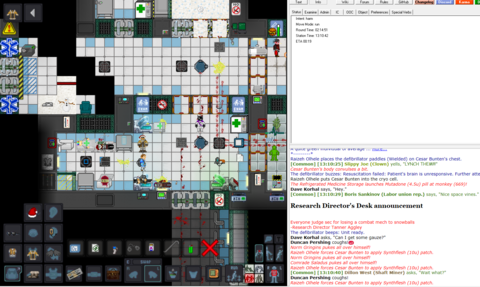
1. Space Station 13
Back when Red Faction Guerilla Remarstered was released, I was looking up YouTube videos of its Space Asshole song when I stumbled upon one listed as "Space Station 13 music". One Google later, I was knee-deep in learning about arguably the most cult classic game of all: a freeware sci-fi massively multiplayer role-playing game about a workshift on a space station gone horribly wrong, hosted on an archaic game-design/hosting service and held together by spit, duct tape, and several rabid programmers. It's archaic, obtuse, prone to crashing, its combat system is a joke... and it's also the most fun I've had playing games all year.
The keys to its success is that (nearly) every character is run by a player, from the crew of the station to the antagonists sabotaging it to the aliens Xenobiology creates, and that there's no character advancement. At all. The game takes place in 2-hour self-contained "shifts" in which everything goes to hell only to be reset to a new shift at the end. There's a score tallied up at the end, but the points don't matter. Whether you survive, die, or go insane, you start fresh the next round. With no reason to grind and no worries about permanently ruining your character, you focus on interacting with other players and screwing around with the myriad systems instead.
The end result feels like a 2-hour improv skit. It's a game where a serious discussion between the Detective and the Coroner over how an Engineer was killed can be interrupted by the wall next to Chemistry exploding. Where you can step out from a rather mundane shift in Hydroponics only to see blood smears all over the hallway and people running past screaming. Where Security can be too busy filling out paperwork about the Captain sacrificing the Clown to a group of demonic rubber duckies to stop an alien infestation that proceeds to take over half the station. Where a convoluted series of events can lead from a swordfight in the Morgue to the Head of Security getting sucked out of a breach trying to execute an escaped convict in a chicken suit.
It's an MMO focused on actually talking and role-playing with other players. It's a game that encourages you be entertaining and watch the story unfold in all its catastrophic, anarchic glory. And even though it's 15 years old, it still feels like a breath of fresh air today.
(NOTE: I play Space Station 13 on the Paradise Station server, which has just enough moderation to keep the nastier shit out while still letting people get quite absurd. Other servers' rules and moderation differ; delve at your own risk.)

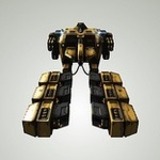
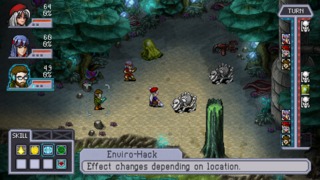
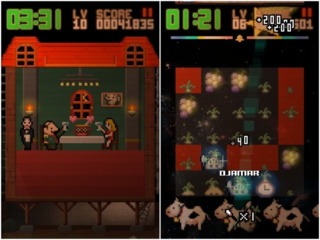
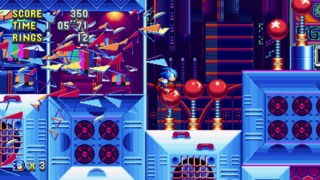
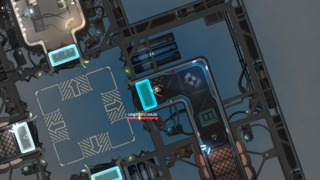
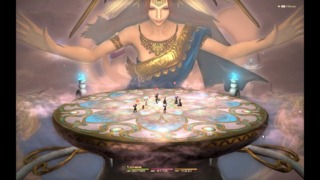
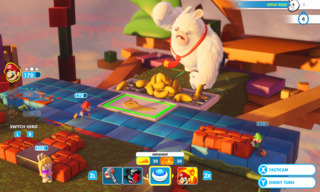
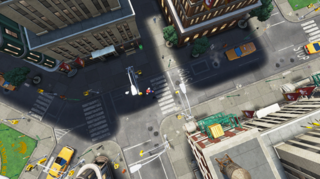
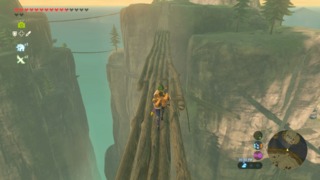
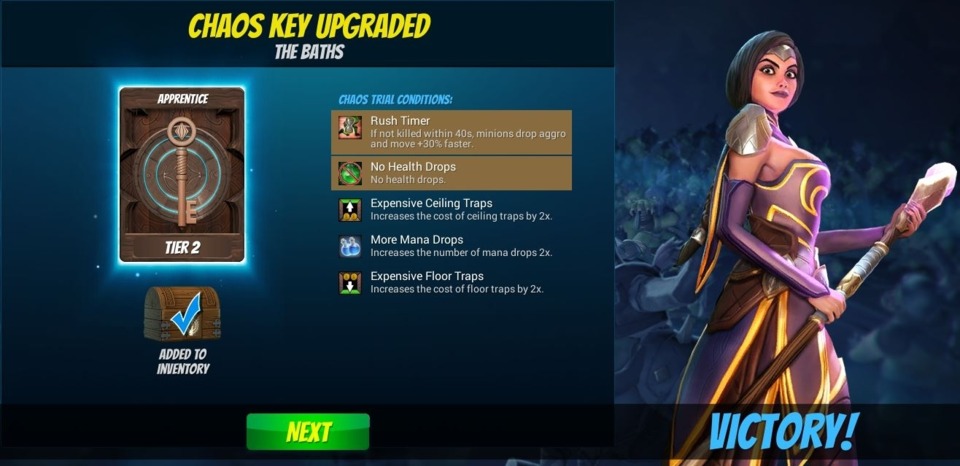
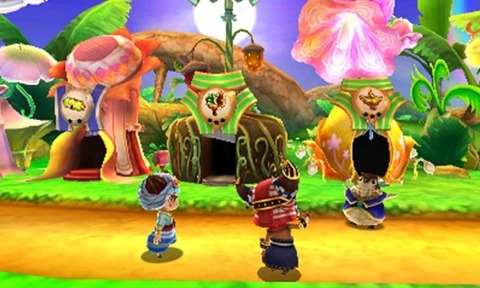
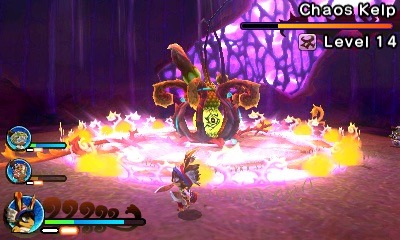
Log in to comment